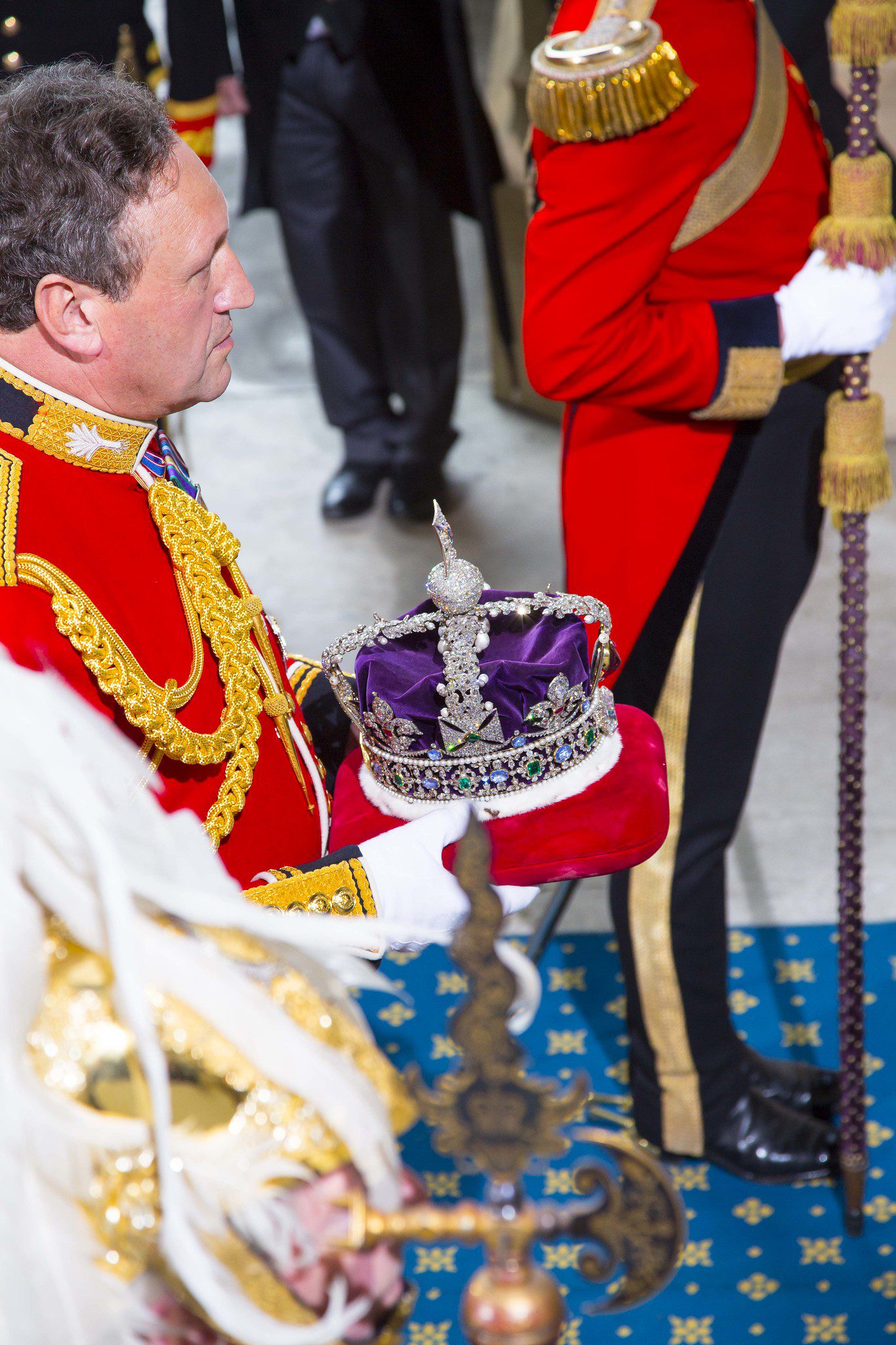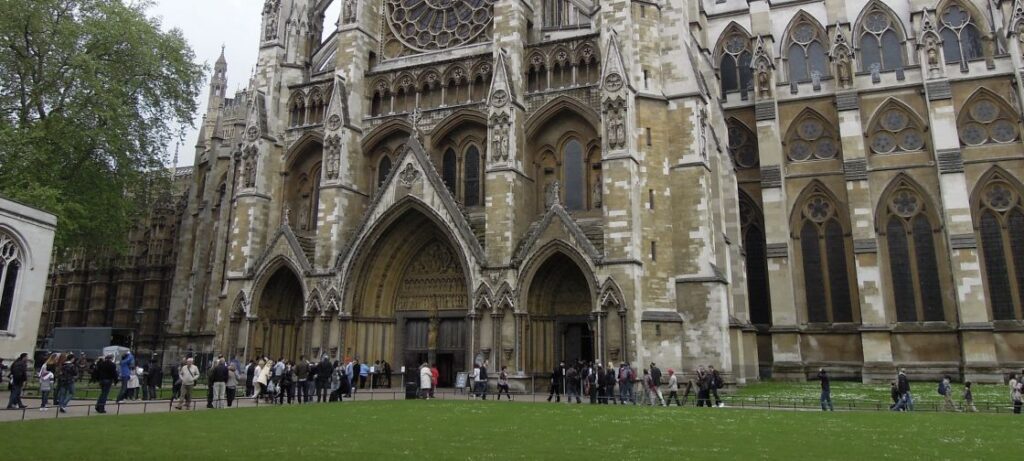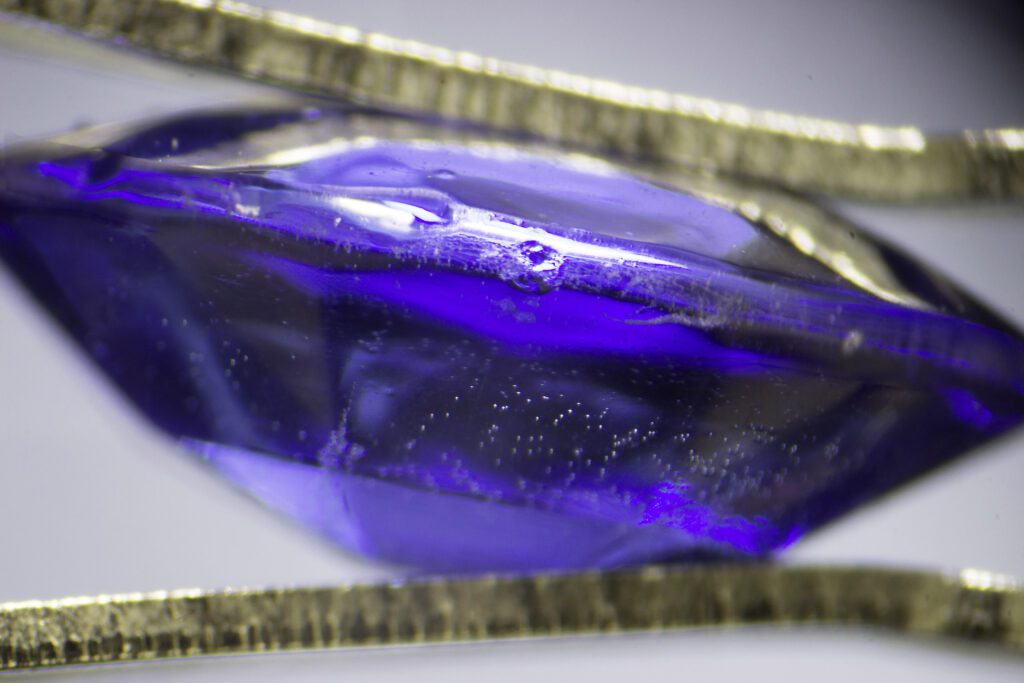The British Crown Jewels include ceremonial pieces that will be presented to The King and The Queen Consort during their coronation at Westminster Abbey on May 6, 2023. Looking ahead to this historic occasion, Gem-A Tutor Pat Daly dives deeper into the Coronation Regalia, including St Edward’s Crown, the Sovereign’s Ring and the Sovereign’s Orb…
The Crown Jewels incorporate the items presented to King Charles III and his wife, The Queen Consort, during the coronation ceremony in May 2023. The collection also includes important jewellery pieces and a selection of gold and silver plate used for banqueting, in church services and ceremonial occasions. They comprise more than 100 objects, set with over 23,000 gemstones, and when they are not in use, they are secured in the Tower of London, where many are on public display.
Crowns and other symbols have been used in the coronations of British monarchs for more than 1,000 years, but, with few exceptions, the oldest of those in use today date from the restoration of Charles II in 1660. Most of those used in earlier times were sold or destroyed by Parliament in about 1650, during the Civil War. A notable exception is the pearl-set silver gilt spoon from the 12th century, which is still used in the ceremony.
In the traditional ceremony, the King enters the Abbey in procession, is acclaimed, and then anointed with holy oil by the Archbishop of Canterbury. He is then robed and returns to the coronation chair to be presented with the coronation regalia. These are taken from the altar, some to be held by him while others are returned to the altar.
Among the most important pieces are St Edward’s Crown, two sceptres, the Sovereign’s Ring and the Sovereign’s Orb.
St Edward’s Crown, with which the monarch is crowned, is little altered since it was made in 1661, except that it is now set with coloured stones instead of diamonds. It consists of a gold band decorated with crosses and fleur-de-lys, and arches surmounted by an orb and cross. All these elements contain rubies, sapphires, amethysts, garnets, peridots, zircons and tourmalines in enamelled settings.


St Edward’s Crown, courtesy of Nathan Hughes Hamilton, Flickr (Creative Commons).
The Sovereign’s Sceptre with Cross is a gold rod set with a large pear-shaped diamond, topped by an amethyst orb and a cross. It is also decorated with bands of enamel and gemstones, including diamonds, rubies, spinels, and emeralds. The pear-shaped diamond was cut from the Cullinan diamond, the largest gem-quality diamond found. It had a rough weight of 3,106 carats and was polished into nine principal and 96 smaller stones, losing about 65% of its original weight. The nine stones are numbered in order of decreasing size, the largest, the Cullinan I, being set in the sceptre, measures about 59 x 45 mm, and weighs 530.20 carats. It is the largest polished white diamond in the world. Despite its great size, 74 facets were considered sufficient for this stone, compared with the 57 or 58 of a standard brilliant-cut diamond. The five largest of the Cullinan diamonds are set in the Coronation Regalia.
The second sceptre also has gem-set bands in enamelled settings and is topped by an orb and a white-enamelled dove.
The Sovereign’s Ring is set with an oval sapphire overlaid with gold collets, set with square and baguette-shaped rubies in a cruciform pattern, and surrounded by diamonds.
The gold Sovereign’s Orb is set with bands of diamonds, emeralds, rubies, sapphires and pearls and is surmounted by a jewelled cross supported on a large step-cut amethyst, about 25mm wide, which rests on its table facet.
The King is also presented with ceremonial spurs, bracelets (armills) and a jewelled sword, the Sword of Offering, the handle and scabbard of which are adorned with leaf and flower motifs, among which the rose, thistle and shamrock are prominent, set with diamonds, emeralds, rubies and sapphires.
The crown is placed on the King’s head to complete this part of the ceremony, after which he moves from the coronation chair to the throne. The Queen Consort is then crowned and may receive jewelled sceptres and a ring set with a ruby and diamonds. The crown to be used is Queen Mary’s crown, made in 1911, consisting of a band with crosses and fleur-de-lys and arches supporting an orb and cross. All these parts are diamond-set and will include three of the principal Cullinan diamonds; a pear shape of 94.40 carats, a cushion weighing 63.6 carats, and a heart shape of 18.80 carats.
After receiving Holy Communion, the King exchanges St Edward’s Crown for the lighter State Crown and, carrying the Sovereign’s Sceptre and Orb leaves the Abbey in procession.
The Imperial State Crown is of a similar design to the other crowns used in the ceremony but is used for state occasions other than the coronation. It is of gold, set with more than 3,000 gemstones, mostly diamonds but also pearls, sapphires, emeralds and rubies. Several important stones are included in this number.


The Imperial State Crown, courtesy of Michael Garnett, Flickr (Creative Commons).
The Black Prince’s ruby is a fine baroque unfaceted red spinel set with a smaller red stone in a gold collet. It weighs 170 carats, was bought in 1685 and is reputed to be the stone belonging to Edward, the Black Prince, and to have been worn by Henry V at the battle of Agincourt. It is set in a cross at the front of the crown.
The Cullinan II diamond, a cushion shape of 317.40 carats, is set in the headband at the front of the crown. It is a magnificent stone of fine colour and clarity, about 45 x 41 mm.
The Stuart sapphire is set in the band on the opposite side to the Cullinan II. It is a blue stone of 104 carats, with a drill hole at one end. It belonged to Charles II but was taken into exile by his successor, James II, and later bought and returned to the Crown Jewels in the early 19th century.


The Imperial State Crown, courtesy of UK Parliament, Flickr (Creative Commons).
St Edward’s sapphire is displayed at the centre of the cross at the top of the crown. It is a cushion-shaped stone which is said to have been worn by King Edward the Confessor and found in his tomb in 1163.
The Crown Jewels incorporate many large and impressive stones, some of which have been named and have recorded histories. They are of interest for their qualities as gemstones; their sizes, colours and internal features, and because of their inclusion in the royal collections. They have been fashioned in many countries and in many different centuries, and so illustrate a range of historic cutting styles, from medieval to modern. Their identities have been confirmed so that they represent a historically important collection and a national treasure.
Their use as a central feature in the coronation and on other state occasions is a rare survival of the ceremonial use of jewels and gemstones, which has been so important in human history.
Main image: Westminster Abbey, London, courtesy of Aaron Bradley, Flickr (Creative Commons).



